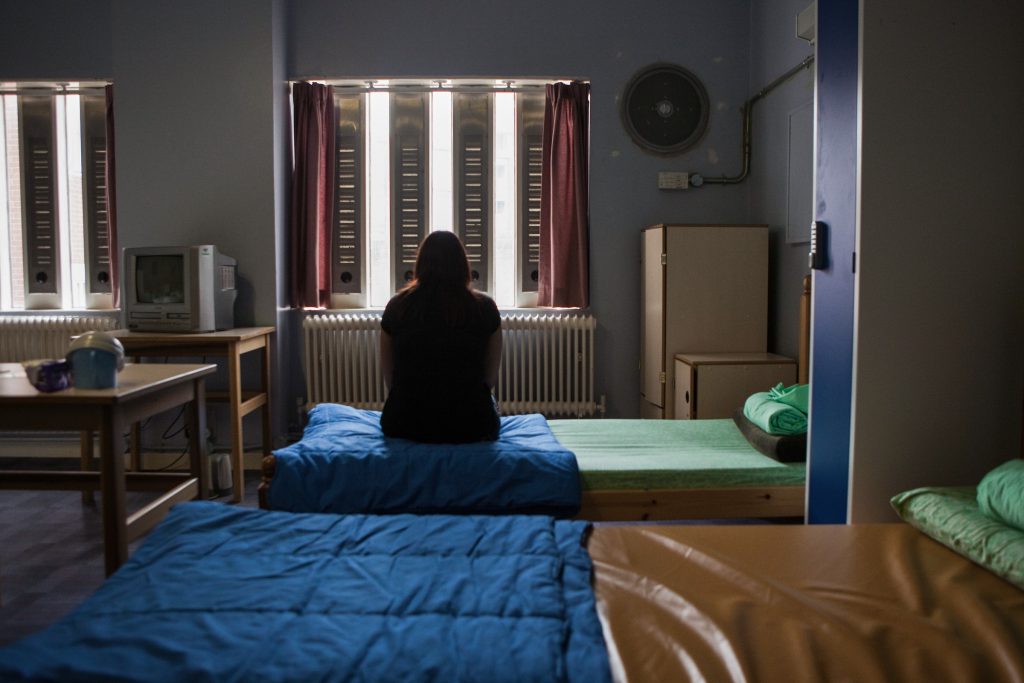Women on remand more likely to self-harm
A quarter of all self-harm incidents in women’s prisons involved women on remand, new figures published today by the Prison Reform Trust (PRT) reveal.

Women remanded to custody are more likely to self-harm than other women in prison. In 2021 this group represented 19% of women’s prison population but accounted for 25% of all self-harm incidents in women’s prisons. There were 467 incidents of self-harm for every 100 women on remand, compared with an overall rate of self-harm amongst women in prison of 370 per 100.
Overall, women in prison are much more likely than men to self-harm. In total, women accounted for 22% of all self-harm incidents in prison in 2021, despite representing only 4% of the total prison population in England and Wales. There was a 7% increase in the rate of self-harm incidents in women’s prisons in the year to March 2022.
Women continue to be inappropriately remanded to custody. Almost nine in 10 women on remand are low to medium risk of harm and many will not go on to receive a custodial sentence. In 2021, over half of women (52%) remanded and tried by the magistrates’ court did not receive a custodial sentence. In the Crown Court this figure was more than two in five (43%).
The briefing collates a wide range of statistics on women in the criminal justice system and highlights the need to focus on reducing the imprisonment of women in England and Wales. It reveals that women are more likely than men to be on short sentences, have multiple and complex needs and be primary carers of children.
Other key facts highlighted in the briefing include:
- In 2021 50% of prison sentences given to women were for 6 months or less.
- Women were sent to prison on 4,932 occasions in the year to March 2022 – either on remand or to serve a sentence.
- In the year to March 2022 there were 1,513 recalls of women to custody. Women serving sentences of less than 12 months account for just under half (44%) of all recalls.
- Less than half (47%) of women left prison in the year to March 2022 with settled accommodation.
The briefing is released only weeks after the publication of the Justice Committee report into women in prison, and a few months after the report of the Public Accounts Committee on improving outcomes for women in the criminal justice system. Both reports criticised the slow implementation of the government’s Female Offender Strategy, originally published in 2018.
A key aim of this strategy is to reduce the number of women’s prison places. Although there has been a recent decline in women’s prison numbers, in part due to the Covid-19 pandemic and subsequent court closures, the number of women in prison is beginning to tick upwards again. The women’s prison population currently stands at 3,210 and is projected to increase to 4,300 by July 2025.
Although progress in implementing the strategy has been slow, the briefing does highlight some welcome moves by the government to better support women who offend. This includes the recent announcement to introduce a pilot of three Problem-Solving Courts which are intended to provide tailored, wraparound support for individuals. The briefing also welcomes the continued roll out of the Community Sentence Treatment Requirement protocol and encourages the government to extend it to a larger number of court areas.
Commenting, Peter Dawson, Director of the Prison Reform Trust, said:
“The shockingly high number of self-harm incidents by women on remand should be a stark reminder to the government that more must be done to stop women being swept up into the vicious cycle of imprisonment. It’s time for the government to stop investing in pointless short spells behind bars. Money designated to increasing women’s prison places should instead be spent on sustainable funding for women’s community solutions.”